Chungjang Street Festival of Recollection (광주 추억의 충장축제)
3.2Km 2025-07-11
Geumnamno 1(il)-ga, Dong-gu, Gwangju
+82-62-608-4674
Every October, the Chungjang Street Festival of Recollection is held on the streets of Chungjang-ro and Geumnam-ro in the city center with the theme of memories. The themed streets exactly replicate the old Chungjang-ro with the theme of "memories of night," allowing visitors to enjoy different types of songs from the olden days. This festival, held in the heart of Gwangju, offers a wide array of events, such as nostalgic concerts, flour games, parades, and random dance performances, making it a popular attraction with plenty to see and do.
◎ Chungjang-ro, Gwangju
Chungjang-ro is so famous as a fashion street that it is nicknamed the “Myeongdong Street of Gwangju.” The name “Chungjang” comes from the military title of General Kim Deok-ryeong, known for his valiant acts in the Japanese invasion of Korea in 1592.
Yeoro(Sansu-dong Hanok Experience Hall) (여로(산수동 한옥체험시설))
3.2Km 2024-12-22
16-17 , Donggye-ro, Dong-gu, Gwangju
+82-62-227-8815
Yeoro is a hanok guesthouse in a quiet residential part of Sansu-dong, Gwangju, Jeollanam-do. The guesthouse has four ondol rooms, all equipped with a toilet and refrigerator. There is a shared washing machine (free of charge) in an outside bathroom. For breakfast, home-made sweet pumpkin porridge is served. Guests can take part in traditional crafts such as red clay dyeing, making injeolmi ricecakes or gangjeong puffed rice, and pressed-flower hand mirror making. Visitors’ cars can be parked in a nearby public parking lot.
Lee Jang-woo's House (이장우 가옥)
3.2Km 2025-10-23
21 Yangchon-gil, Nam-gu, Gwangju
+82-62-651-9020
Designated the first Gwangju Folk Material on March 20, 1989, Lee Jang-woo's House is an upper-class, tile-roofed house with a gate, storeroom, servants’ quarters, detached building, and main building. The building is estimated to have been constructed in 1899 and is overall a sturdy example of Korean architecture, well-preserved in its original state. The L-shaped main hall of the historic building is rather large and consists of (left to right) a wooden verandah, a small room, a hall, the main room, a kitchen, and another small room. The room doors are double doors with a sliding door on the inside and a hinged door on the outside. The hall also has partitions that can be hung up as necessary.
◎ Travel information to meet Hallyu’s charm - movie "Meet the In-Laws"
This hanok served as Hyeon-joon’s (played by Song Sae-byeok) family home in Jeolla-do in the movie "Meet the In-Laws." With its well-preserved architecture and traditional Korean garden, it captures the elegance and charm of early modern Korea.
Han Hee-won Art Museum (한희원미술관)
3.2Km 2023-01-25
27-6, Yangchon-gil, Nam-gu, Gwangju
+82-62-653-5435
Han Hee-won Art Museum is a small hanok art museum in the back alley of Yangnim-dong.
Painter Han Hee-won grew up in Yangnim-dong, where he was influenced as a painter. In July 2015, he purchased a small hanok between the House of Yi Jang-u and the House of Choe Seunghyo and transformed it into an art museum to preserve and show the spirit of love, comfort, and art in his hometown, Yangnim-dong. An art museum with a low threshold approaching citizens with a humble mind, Han Hee-won Art Museum is open to anyone. Feel free to visit, appreciate the paintings, and be comforted through art.
Eunam Museum of Art (은암미술관)
3.3Km 2025-01-02
8-12 Seoseok-ro 85beon-gil, Dong-gu, Gwangju
Opened in 2010, the Eunam Museum of Art offers a range of exhibitions, including permanent exhibitions and invitational exhibitions, humanities lectures, and concerts, and provides a cultural space for people to connect. It also runs international exchange exhibitions and residency program inviting artists from the country and abroad.
House of Choi Seung-hyo (최승효가옥)
3.3Km 2023-03-08
29-4, Yangchon-gil, Nam-gu, Gwangju
+82-62-607-2332
The House of Choi Seung-hyo is a traditional residential building located on the southeastern slopes of Yangnimsan Mountain. The rectangular building is open to the east, has 8 kan (the space between two pillars) in the front and 4 kan to the sides, and is graced by a traditional hipped and gabled roof. Since the building was constructed in the 1920s, it offers a valuable glimpse into the architectural style of Korean houses at the end of the Japanese colonial period. Choi Sang-hyeon was an activist who offered his attic as a place of refuge for other activists.
Obang Choi Heung-jong Memorial Hall (오방 최흥종 기념관)
3.3Km 2024-12-17
64 Jejung-ro, Nam-gu, Gwangju
Obang Choi Heung-jong Memorial Hall is dedicated to Rev. Obang Choi Heung-jong who was also a Korean independence fighter and a social activist. His lifetime of sacrificing for others while improving the Gwangju neighborhood made him a true hero. Visitors to the memorial hall can deeply understand the life that Obang Choi Hueng-jong lead.
Chireunsibill (치른시빌)
3.3Km 2024-10-10
10 Seoseok-ro 85beon-gil, Dong-gu, Gwangju
Chireunsibill was founded in 2022, offering educational programs and art kits with young artists both online and offline. The educational programs are open to all , and cover a wide genre of art types, from painting to music. It is a popular attraction for travelers with children.
Bium Museum (비움박물관)
3.3Km 2025-01-02
143-1 Jebong-ro, Dong-gu, Gwangju
Opened in 2016, the Bium Museum is a folk museum showcasing around 30 thousand Korean modern and traditional artifacts collected by Lee Young-hwa for about 50 years. The art pieces portray the life of poor commoners in the agricultural era before Korea went through industrialization, allowing visitors to get a glimpse of the adaptability and resilience of people in hard times.
Olive Young - Gwangju Hwanggeum Branch [Tax Refund Shop] (올리브영 광주황금)
3.3Km 2024-04-16
1F, 31-12, Jungang-ro 160beon-gil, Dong-gu, Gwangju
-
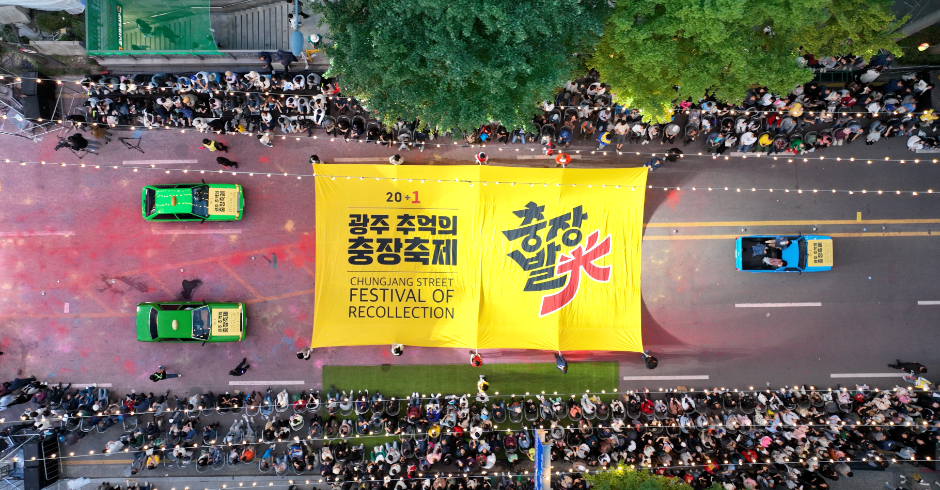
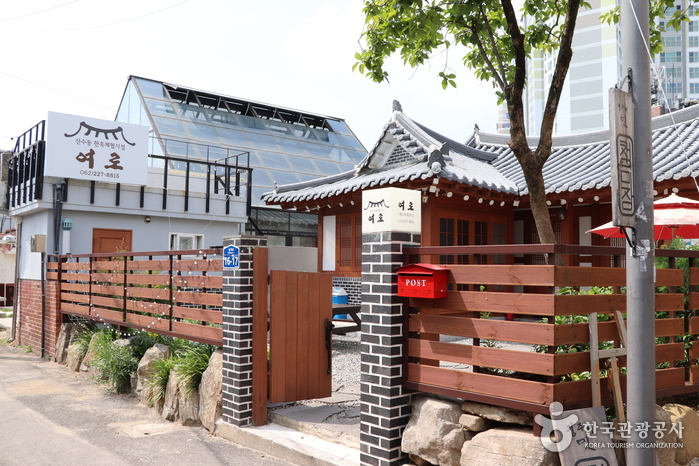
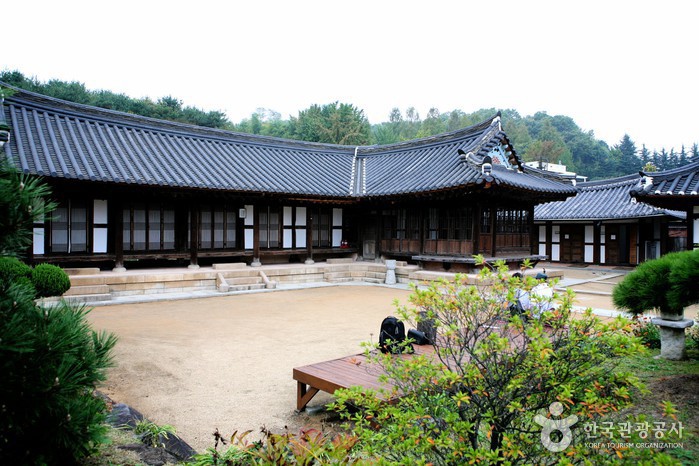

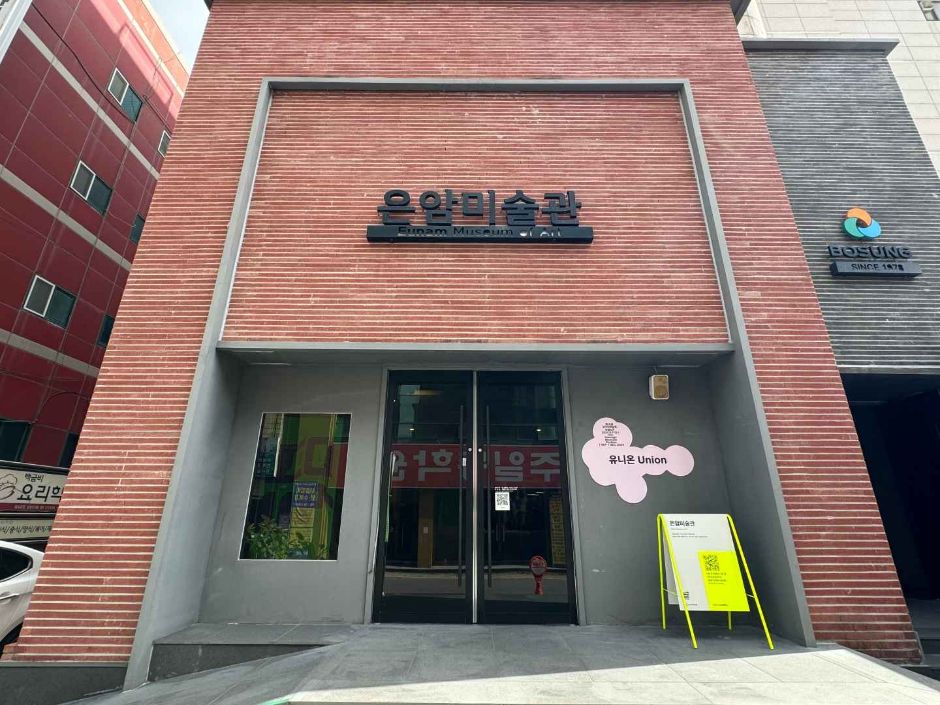
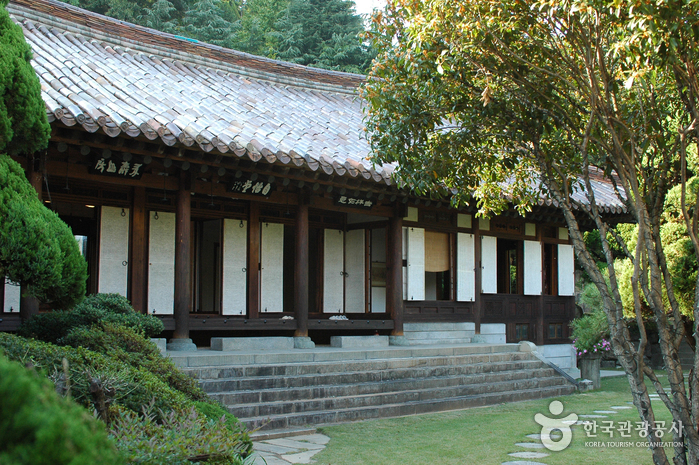
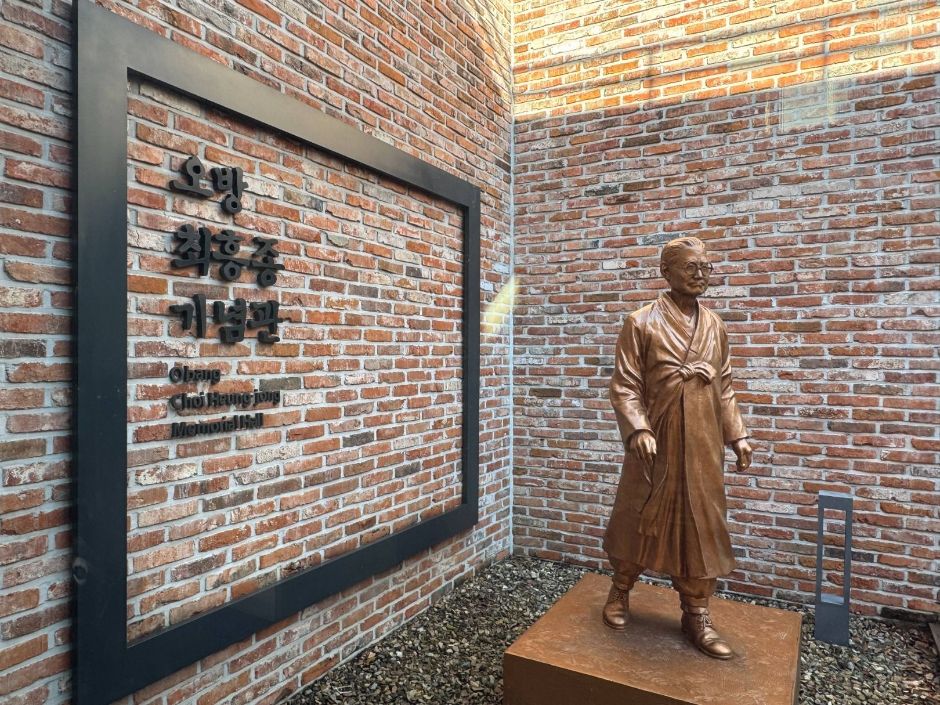
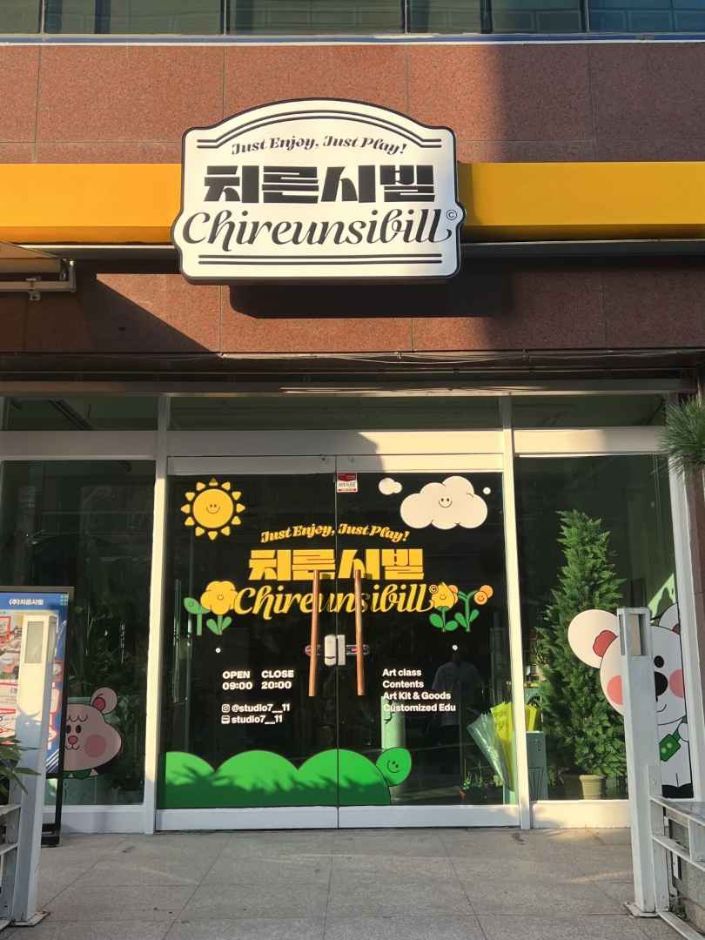
![Olive Young - Gwangju Hwanggeum Branch [Tax Refund Shop] (올리브영 광주황금)](http://tong.visitkorea.or.kr/cms/resource/98/2886898_image2_1.jpg)
 English
English
 한국어
한국어 日本語
日本語 中文(简体)
中文(简体) Deutsch
Deutsch Français
Français Español
Español Русский
Русский